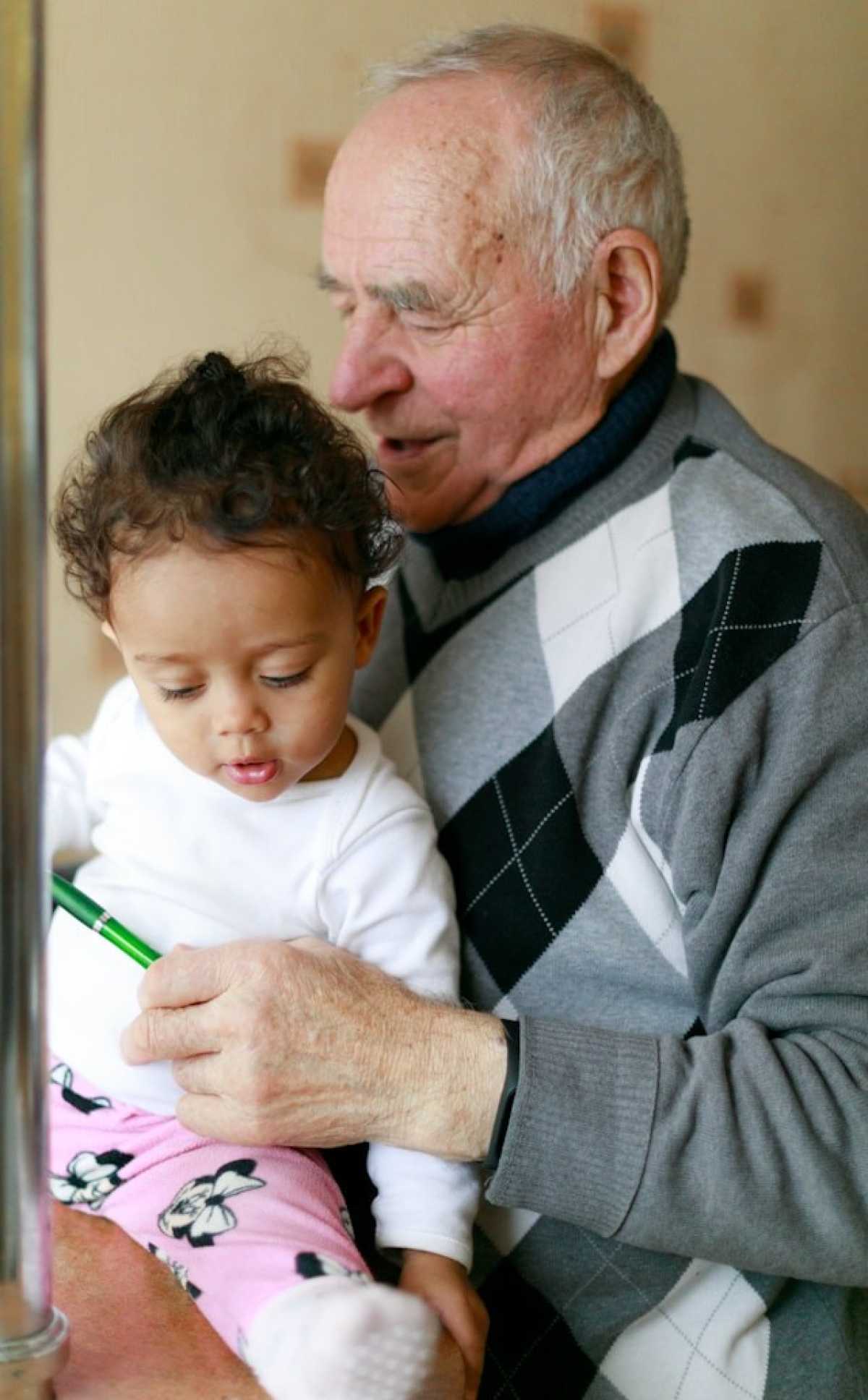6 Ways To Outfit A Home For Aging Gracefully
- - Category: Elderly Care
- - 02 May, 2024
- - Views: 163
- Save

A significant portion of the
Growing old is an inevitable part of life, a privilege denied to many. Yet, as we age, our homes must evolve to meet our changing needs. For seniors, making a few strategic home improvements can significantly enhance comfort, safety, and independence. Here are six essential ways to outfit your home for aging gracefully:
Ensure Ample Lighting
Good lighting is crucial at any age but becomes even more important as we grow older. Vision changes, including reduced depth perception and the need for more light to see clearly, can make navigating a dimly lit home unsafe. Maximizing natural light by opening curtains during the day and trimming any outside foliage that blocks sunlight can brighten interiors. It's also beneficial to enhance ambient lighting by installing brighter overhead lights, with LEDs offering a mix of efficiency and brightness. Additionally, incorporating task lighting in work areas like the kitchen or reading spots can make these tasks easier and safer.
Install Grab Bars and Handrails
Transforming bathrooms into safer zones involves installing grab bars to provide stability when using the toilet, shower, or bath. Additionally, outfitting other areas of your home with handrails along stairways and in hallways can help prevent falls, ensuring safety throughout.
Transition to Non-Slip Flooring
To minimize the risk of slips and falls, replacing high-gloss tiles or slippery surfaces with non-slip flooring options is advisable. Vinyl, with its non-skid surface and varied designs, offers a practical solution. Carpeting adds warmth and mitigates the impact of falls, while rubber flooring provides excellent traction and can help reduce fatigue from standing.
Minimize Thresholds and Stairs
Steps and raised thresholds can present significant obstacles. Replacing steps at entrances with ramps can enhance accessibility for those using mobility aids. Ensuring smooth transitions between different flooring types can also prevent tripping, making navigation within the home easier and safer. Certain transportational medical devices, such as chair lifts, motorized mobility scooters, and others can help mitigate the issues presented by various home terrains.
Adapt Bathrooms for Accessibility
Modifying standard bathroom setups to increase safety and ease of use includes installing walk-in tubs or showers, which eliminate the risk of stepping over high ledges. Integrating raised toilets can simplify the act of sitting down and getting up. Employing adjustable or handheld showerheads can make bathing more accessible.
Simplify Access
Addressing mobility issues that turn simple tasks into challenges involves a few key changes. Replacing knobs with lever door handles, which are much easier to operate, and installing pull-out shelves in kitchens and storage areas, can significantly improve accessibility. Incorporating voice-controlled smart home devices can also facilitate the management of various household functions such as lighting, thermostats, and even locks without the need to physically move around.
Adapting a home to fit the needs of its aging inhabitants is a crucial step toward enhancing their safety and quality of life. It enables seniors to maintain their independence and live comfortably in a familiar environment. With strategic changes and modern innovations, any home can be outfitted to support aging gracefully. Implementing these strategies can help seniors and their families create a safe, comfortable, and accessible living space that accommodates the challenges of aging. The overarching goal is to transform the home into a sanctuary that fosters both autonomy and well-being as individuals grow older.


